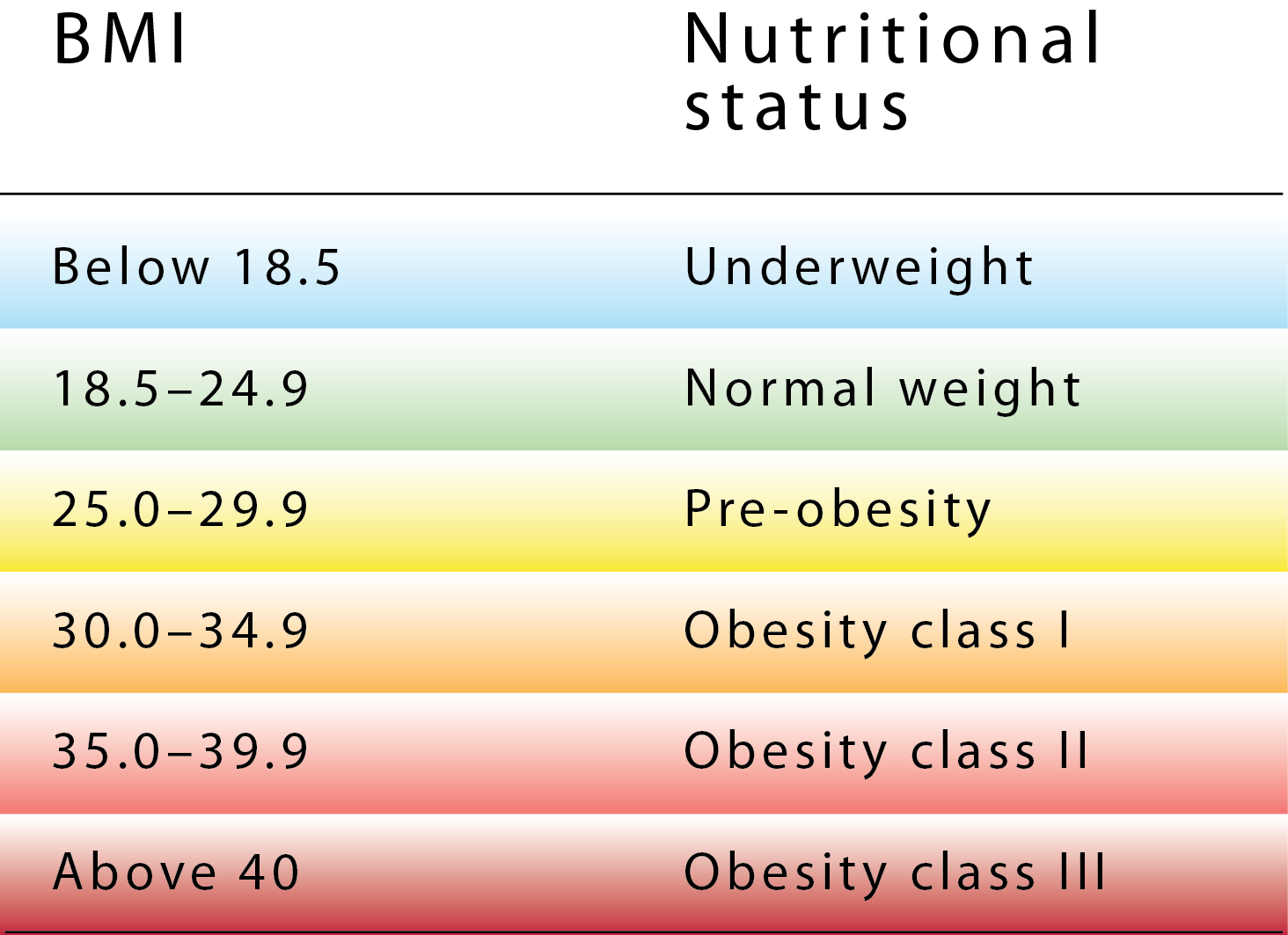
“I’m getting more and more carbon neutral with time!”
The energy requirements fall with advancing age due to a decrease in basal metabolic rate and often decreased levels of physical activity.
This is due to changes in body composition: a decrease in lean body tissue (muscle) and an increase in fat tissue. Many people also become less active as they get older. This means that, for a given bodyweight, older people tend to have less muscle and more fat, leading to a fall in Basal Metabolic Rate (BMR).
An elderly person’s energy requirements depend on their age, gender, physical activity, coexisting medical conditions, and whether they are overweight or underweight. The energy needs of the elderly, even with similar physical activity as in the younger age, decrease. It is estimated that between the ages of 45 and 75, this difference may be around 500 kcal in women, and around 800 kcal in men. In addition, as physical activity decreases over the years, it can be even greater.
![]() Basal Metabolic Rate (BMR) is the number of calories required to keep the body functioning at rest. BMR is also known as the body’s metabolism; therefore, any increase to the metabolic weight, such as exercise, will increase your BMR.
Basal Metabolic Rate (BMR) is the number of calories required to keep the body functioning at rest. BMR is also known as the body’s metabolism; therefore, any increase to the metabolic weight, such as exercise, will increase your BMR.
To get the BMR, you can use a BMR calculator available below under the link:
www.inchcalculator.com/bmr-calculator
Input in the adequated boxes: height, gender, age and weight.
The easiest way to assess whether the energy value of the diet of older people is appropriate for their needs is to assess the stability of the body weight. If the body weight remains constant, the energy value of food rations covers the body’s needs. On the other hand, in the case of weight loss or weight gain, it is respectively too small or too large.
Overweight and obesity increase the risk of chronic non-communicable diseases, and malnutrition can lead to adverse changes in body composition, cognitive impairment and functional deterioration, as well as worsening the results of treatment of the underlying disease.
When determining energy needs in the diet of an elderly person, attention should be paid to the body mass of an elderly person.
Body Mass Index (BMI) is a measure for indicating nutritional status in adults. It is defined as a person’s weight in kilograms divided by the square of the person’s height in metres (kg/m2). For example, an adult who weighs 70 kg and whose height is 1.75 m will have a BMI of 22.9.
70 (kg)/1.752 (m2) = 22.9 BMI
Table below presents nutritional status according to BMI for adult person over 20 years old:

For adults, BMI values in the range of 18.5-24.9 kg/m2 are considered normal. Values above 25 kg/m2 indicate excess body mass and a higher risk of non-communicable diseases. Studies of elderly people suggest that BMI values below 23 kg / m2 and above 33 kg/m2 are associated with a higher risk of death. On the other hand, BMI values within this range are associated with lower mortality.
Therefore, in older people with a healthy body mass, overweight or slightly obese, body mass maintenance should be sought. Body mass reduction in the elderly group is recommended when obesity is significant and there are additional medical indications. However, it should be concern that losing weight not only leads to the reduction of excess body fat, but also may cause a reduction in muscle mass, especially when this process is accompanied by regular physical activity.
Back Next
![]()
Nutrition for the elderly:18% complete
